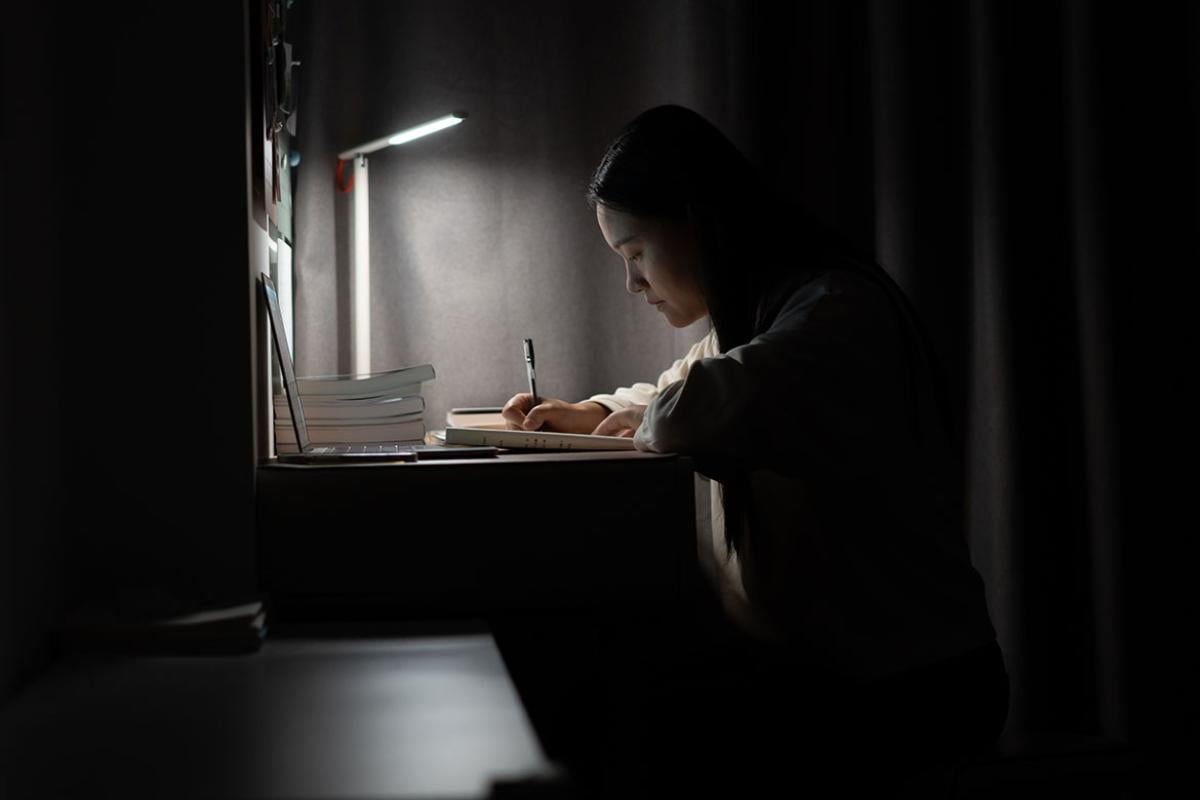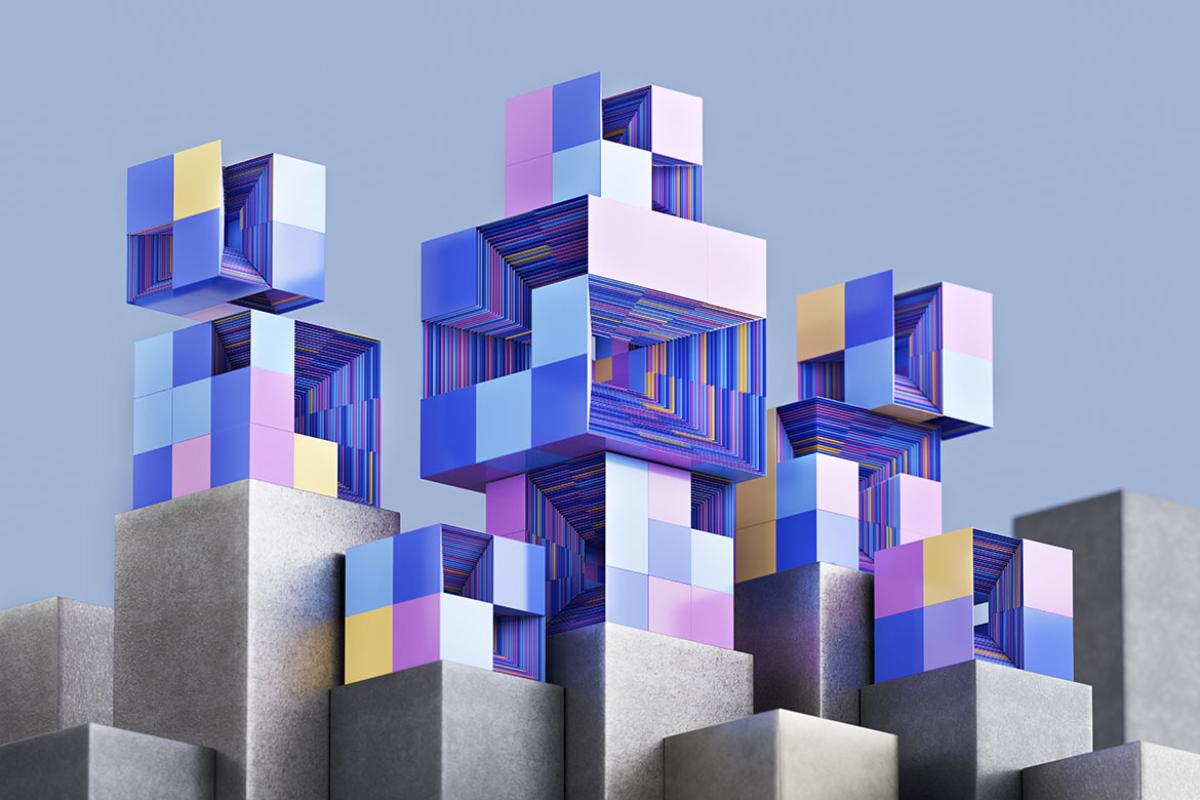If you’re preparing for the United States Medical Licensing Examination® (USMLE®) Step 2 exam, you might want to know which questions are most often missed by test-prep takers. Check out this example from Kaplan Medical, and read an expert explanation of the answer. Also check out all posts in this series.
A 14-year-old boy is referred to a pediatric nephrologist for evaluation and management of renal stones. He has had kidney stones since early childhood and has had several emergency department visits over the years for flank pain and hematuria. He has also passed stones on several occasions. Surgical removal of the stones was required for two different episodes. The stones were analyzed and a diagnosis was made.
He has been unable to comply with prescribed treatment. He denies any current fever, chills or weight loss. His chart shows no other significant medical conditions except for the usual childhood illnesses. He had an appendectomy when he was 10 years old. He does not take any medications except for ibuprofen during episodes of flank pain. He denies use of any herbal medications and eats a regular diet. There is no family history of kidney stones.
Physical examination is unremarkable. Urinalysis is performed, which shows the presence of hexagonal crystals. A plain anterior and lateral radiograph of the abdomen shows bilateral renal stones that are only slightly radiopaque.
What would be the most appropriate test to establish the etiology of the patient's clinical presentation?
A. 24-hour urine for creatinine.
B. 24-hour urine for cystine.
C. 24-hour urine for uric acid.
D. Computerized tomographic (CT) scan of the abdomen.
E. Intact parathyroid hormone (PTH) level.
F. Serum uric acid.
The correct answer is B.
Kaplan Medical explains why
Kaplan Medical explains why
Cystine stones are caused by cystinuria, an autosomal recessive genetic disorder that prevents the reabsorption of cystine in the proximal convoluted tubule and leads to recurrent kidney stones at an early age. Diagnostic screening is via a nitroprusside cyanide test and confirmatory testing is a 24-hour urine revealing dibasic amino acids and CT imaging localizing the cystine stones.
Why the other answers are wrong
Why the other answers are wrong
Choice A: A 24-hour urine for creatinine, a function of skeletal muscle mass, can be used to assess the adequacy of a 24-hour collection. By itself, it does not give us an idea of the etiology of the patient's nephrolithiasis. Stone-forming patients with cystinuria typically excrete more than 1,000 umol/g creatinine versus less than 100 umol/g creatinine normally.



